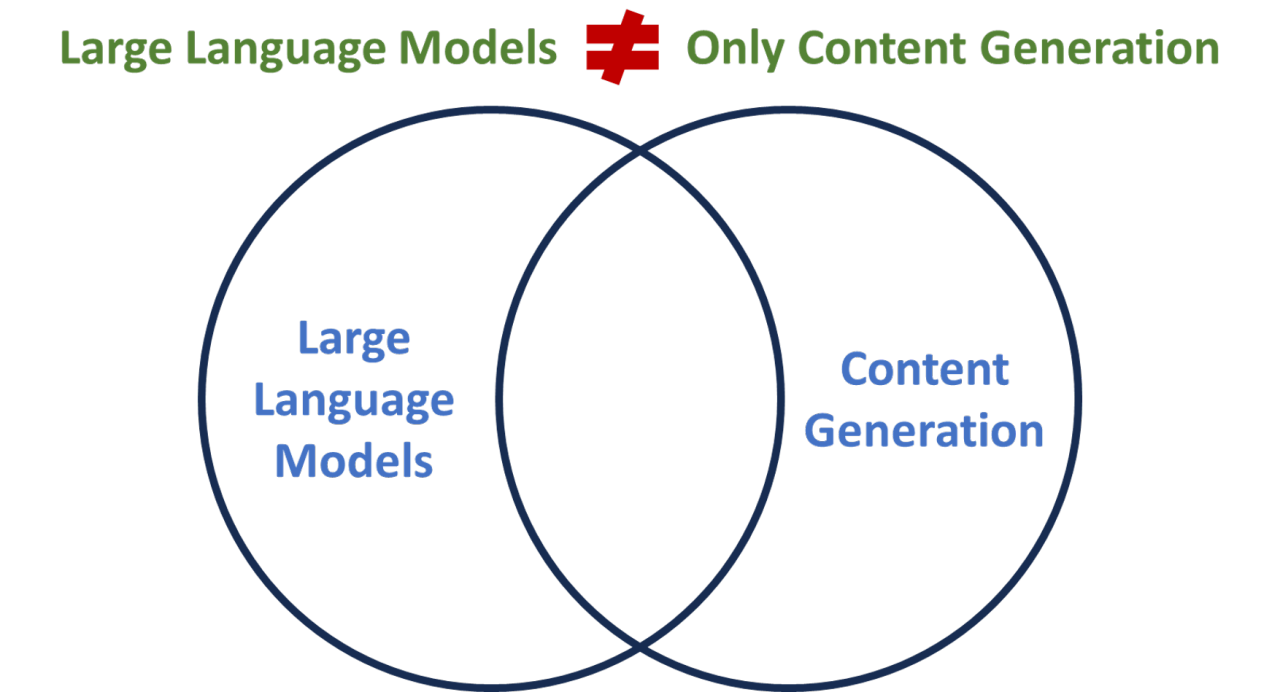
Return on Commute: A New Metric to Evaluate Benefits and Cost of Remote Work
KENNESAW, Ga. | Apr 27, 2022
In recent months, there has been a push for employees, including analytics and data science teams, to come back to the office at least part of the time.
It’s no secret that one COVID trend that will remain is that of at least partial remote work arrangements for many professionals.

My Own Remote Work Journey
I was one of the first people I know who worked remotely. Way back in 2000, I took a job with a small, rapidly growing company. We rented office space for a new Atlanta branch that I was going to build. Then the dotcom bust hit and, while we survived, we didn’t expand as rapidly as planned. In fact, we canceled plans for the Atlanta office. As home DSL Internet service had just become available, we agreed to a trial work-from-home arrangement. The goal of this experiment was to avoid having me move to Tennessee or leave the company. To our surprise, it worked great.
When I later joined Teradata, everyone worked in a partly remote fashion because of the heavy travel load. I worked from airports, hotels, coffee shops, and my home office. Consulting and service firms were among the first to take full advantage of remote work. However, I still went to the office at times. Without defining it explicitly, my office visits were effectively based on a “return on commute” computation. I will now explicitly define the metric.
Defining Return On Commute
Return on commute is a metric that’s easy to describe but entails much subjectivity! Employee commutes have real costs to both the employee and the company. To decide if it makes sense for an employee to come to the office on any given day, you must look at the costs and benefits of that commute. The result can vary widely by person / role and can vary widely for the same person based on what they need to do on any given day. Let’s first explore the costs.
- Lost time for both directions of the commute
- Increased stress from traffic (especially if it’s bad!)
- Missed meetings or personal commitments when unexpected delays occur
- Lowered morale of employees when commutes are bad
- Increased distractions and interruptions in an office environment
Of course, some of these negatives do get offset by positives, which include:
- Increased opportunities for brainstorming and networking when present in person
- More productive meetings if everyone is in the same room together and focused
- Building of a culture and feeling of belonging, which helps morale and productivity
Computing Return On Commute
To correctly balance those costs and benefits, it is necessary to perform some type of return on commute computation. I recently discussed this calculation with a group of analytical executives during a forum I co-hosted. The consensus was that 8 hours of working at home would yield the same productivity as 10 hours in the office. I agree with this consensus based on my personal experience. Even now that I work from the office more frequently, I work from home on days I really need to be productive. So, each hour in the office is worth 0.8 hours at home and each hour at home is worth 1.25 hours in the office.
Let’s take that productivity ratio further. Let’s assume I’m planning to give 10 hours to work today. If I work from home, I can put the full 10 hours in and have 12.5 hours of equivalent office productivity. If I commute and lose an hour each way, I’m down to 8 hours in the office. Basically, I’ll have not even 2/3 of my productive time (8 / 12.5) if I work from the office versus if I work from home. That’s a BIG difference!
Now we can compute the cost of that commute. In this case, it is at least 12.5 – 8 = 4.5 hours of office productivity. If an employee’s fully loaded cost is $100/hour, for example, it would be $450, plus any additional impacts from stress, morale, etc. Your opinions may vary about the values of each component of the computation. Regardless, you can plug your numbers into the same formula.
Those costs are then offset (hopefully) by the additional productivity or value generated by being in person that day. Take the difference and you have your return. Note that the return can easily be negative!
My (somewhat squishy) proposed formula is intended more to illustrate the concept than to be mathematically rigid. Return on commute is loosely equal to:
- Incremental value due to being in person that day versus being home
minus
- (Adjusted hours of productivity lost * cost rate) + morale & stress impacts + transportation costs
Making The Call – To Commute Or Not?
You should have an open discussion about the return on commute as you develop and communicate your back-to-office plans. Simply saying people need to come in because the building is paid for and you want to use it isn’t good enough. Similarly, just wanting people to show up to be seen will be unpopular and will hurt productivity. Certain in-person activities at the office will have a great return on commute while others will be a big loser.
For example, a quarterly strategy meeting where the whole team can spend the day together, do team building activities during breaks, and white board in real time will have a very high return on commute, and people will be eager to come in for the day. Telling a data scientist who will be coding all day on a well-defined project to come and sit in a cube to do that coding makes no sense. The employee will be grumpy and take a morale hit while the project will get done more slowly due to the lost productivity.
Whatever cost / benefit assumptions you decide to plug into the formula, consider making return on commute a core metric used to guide your organization’s back-to-office plans. I’ll bet you find a lot more cases than you expect where the return just isn’t there for someone to come into the office.
By Bill Franks | March 17, 2022
Originally published by the International Institute for Analytics


















